
The FMCG industry is insanely competitive and why wouldn’t it be? There are lots of brands offering similar products. So consumers are spoiled for choice.
Now if you are an FMCG brand, why will a consumer buy your product? Is it due to price? Or your product quality is so good that people will just buy your product.
The answer is different for different brands.
But one thing worth noticing is that despite such fierce competition, there are well-known brands like Amul, Cadbury, Tata etc.
How do we know them so well? It’s because they’ve aced their marketing game to the point where they become our go-to brands without a second thought.
So let’s understand what FMCG is and learn marketing lessons from these brands.
Table of contents
- What is FMCG Industry?
- Marketing Strategies Used by FMCG Brands
- In Conclusion
- Frequently Asked Questions
What is FMCG Industry?
FMCG (Fast-Moving Consumer Goods) products are those everyday items we can’t live without—like snacks, drinks, soaps and toothpaste. These are products with a short shelf life and a low price tag, which means consumers buy them frequently.
As consumers have a lot of options, their preferences change like crazy.
This means brands have to be sharp, agile and always in tune with what their customers want. But how do they do it?
Let’s understand those strategies in the next section.
Marketing Strategies Used by FMCG Brands
As marketers, we have studied several FMCG brands over the years. So, we will highlight a few marketing strategies that these brands use to outperform their competitors.
1. Powerful Branding
When you go to a departmental store, what makes you reach for a particular brand of biscuits or shampoo? More often than not, it’s the brand itself. FMCG brands invest heavily in building strong brand equity, which is just a fancy way of saying they create a brand that people know, trust and love.
Let’s understand this with examples of brands.
Amul, for example. They’ve been using the same tagline, “The Taste of India,” for decades. It’s simple and memorable which makes you feel like Amul is a part of your family.
And if you are a 90’s kid — you probably still have faint memories of Amul folk song. Need a refresher? Check out this Amul TVC.
This campaign celebrated independent women from rural India who benefited from Amul’s cooperative movement.
This campaign became such a cult that it was used in a Bengali film and was nominated in Academy Awards
And who can forget those Amul Girl topical campaigns?
So, this is how you become the talk of the town by maintaining consistent branding and launching iconic campaigns.
You know what? FMCG brands are masters at emotional branding too.
Think about Cadbury’s ads. Aren’t they super emotional?
Whether it’s Raksha Bandhan or Diwali – every Cadbury ad that you see, you will feel some sort of emotions.
That’s why people connect to it. You just feel emotionally attached to the product. That’s how you make your customers choose your product over your competitors.
And sometimes these brands also use star power to build trust. For example – Akshay Kumar endorsing Harpic products.
Or Alia Bhatt endorsing perk.
So when a well-known face vouches for a product, people remember the ad and that adds a recall value.
2. Smart Pricing
FMCG brands know that pricing is a great way to lure an Indian consumer into buying a product. That’s why they often use strategies like penetration pricing—setting a low price to attract customers. But how do they make it work? Because after all, profitability also matters.
Here’s how they compete with pricing.
1. Mass Production
Brands use economies of scale to keep their pricing lower. To simply explain economies of scale—it means increasing the production size so that the cost incurred per unit decreases. When your cost of production is low, you can easily sell it at a lower price.
Take Parle-G for example.
They make biscuits in massive quantities (1.2 million tonnes of biscuits every year) and they keep costs low. Due to this, they can sell Parle-G biscuits at incredibly affordable prices. It’s a win-win — consumers get a great deal and the brand increases its market share.
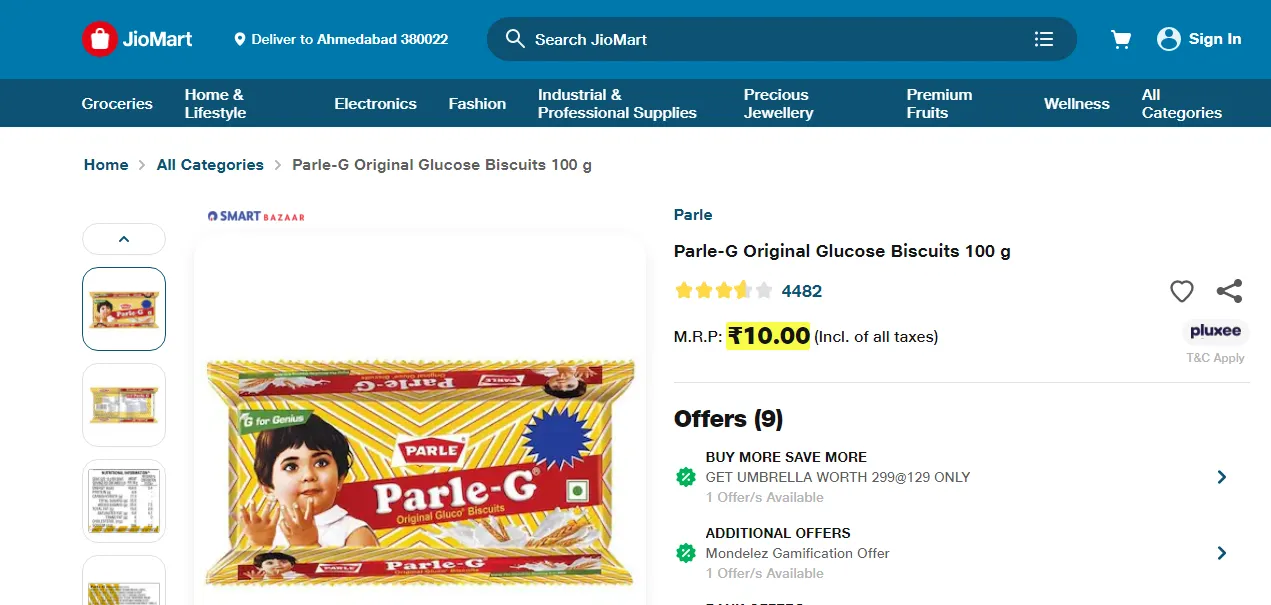
2.Deals, Deals and Deals
Promotions and bundling are other clever tactics.
Kurkure, for instance, often offers extra grams at the same price. And this is often highlighted in the packaging to grab attention.
See this image for example.
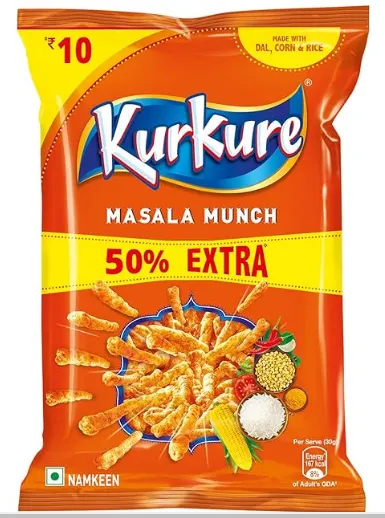
Many other brands like Lays also do this.
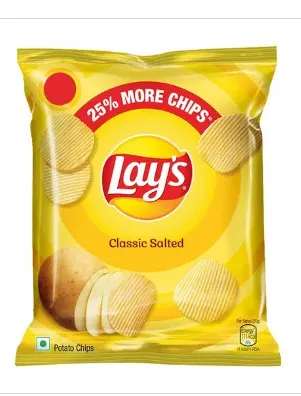
These little bonuses make the product more attractive, especially to budget-conscious shoppers. Plus, who doesn’t love getting a bit more for their money?
So this works sometimes when you want to achieve more sales.
3. Going Digital to Attract GenZ and Millenials
Now, you might wonder why big, established FMCG brands need to focus on digital marketing. You would wonder. It’s because they need to target the newer generations.
Our parents are well-versed with the brand. But what about GenZs (Those born later than 1997 till 2012) and Millenials ( The generation who are in their late 20’s and early 30’s)?
So the thing is GenZ is slowly entering the workforce. Soon, they’ll be the ones making the bulk of family purchasing decisions.
And this generation is highly tech-savvy because they have been exposed to technology since they were born.
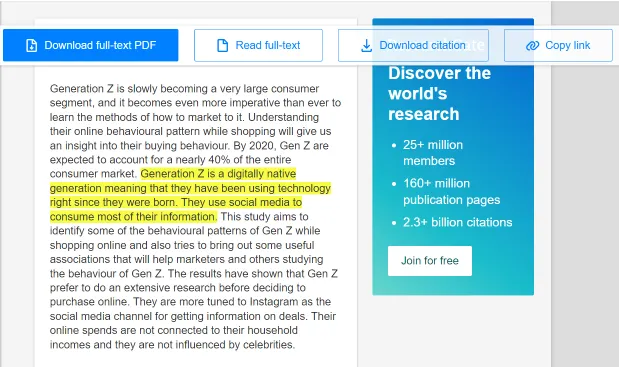
And it’s our personal observation that this generation wants convenience. Hence they will find everything online and order online.
So a big brand like Parle-G has also an active social media presence. Plus their products are listed on Amazon, Blink it etc as well.
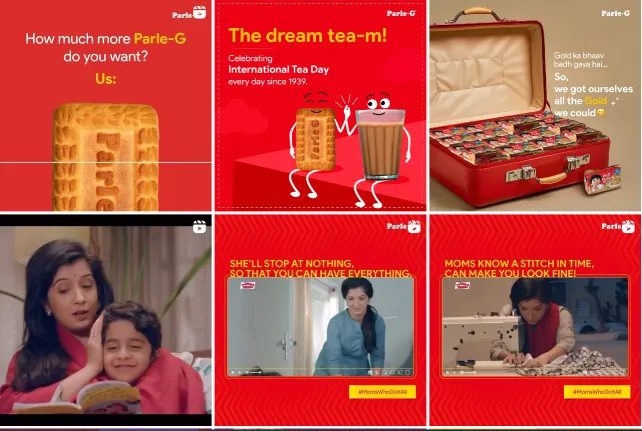
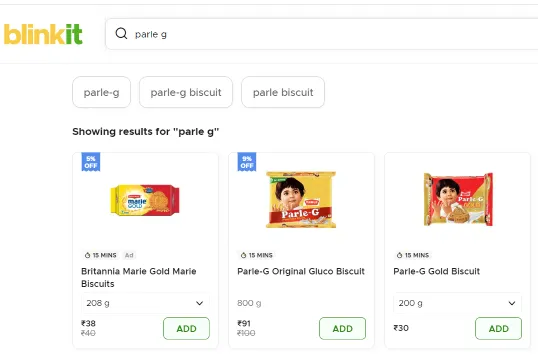
So learn from them and start building an active presence on social media. Take help from a social media marketing agency if you need. But don’t ignore it.
Conclusion
The FMCG industry is so competitive. Yet some brands have managed to rule the customer’s heart and managed to acquire a good market share.
The reason they have been successful in surviving in such a competitive market is purely due to their marketing efforts.
You can take lessons from them too. Establish a strong brand identity, market emotions and not the products and lastly adapt.
There are different channels of online marketing. Depending upon your industry experiment with different platforms to market your brand online with the help of a digital marketing agency.
If you don’t know where to start, reach out to us at hello@florafountain.com. We will analyse your brand, research current trends in your industry and create a digital marketing strategy that will help you bring sales through online channels.



